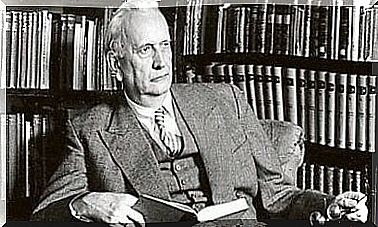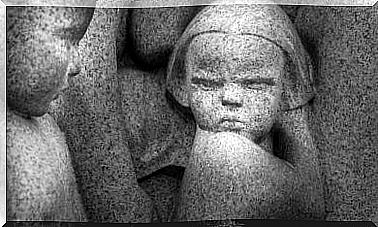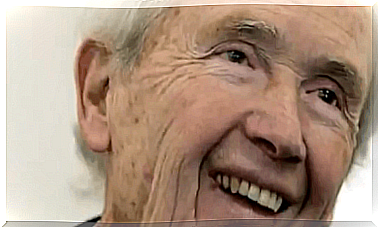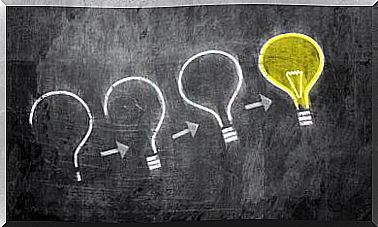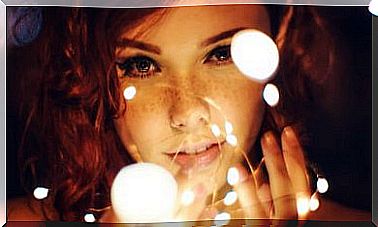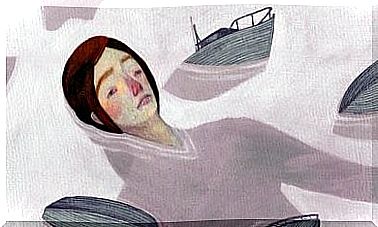The Birth Of Our Self
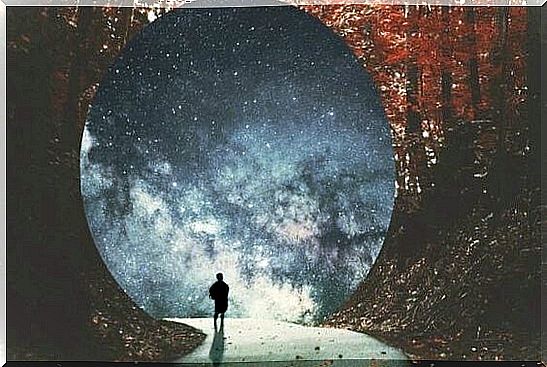
The birth of our self is explained through maturation and learning processes, from the acquisition of our sensorimotor skills. This birth and growth, that of our self, is so important because it is the center of the psychic apparatus, the nucleus of our desires, activities and inhibitions.
After the birth of our self, it begins to relate to the objects of itself. First they are external objects but felt as their own by the child, and little by little internalizations are carried out and psychic structures that unite the self are formed.
The progress of the birth of our self
When the child is born, he does not distinguish himself from the world, and performs the first introjections where he does not differentiate the image of the object and the image of himself. Thanks to our affective matrix, we begin to differentiate and discriminate the ego limits (of our ego).
Between the first and second year of life, the child’s cognitive abilities increase, and he begins to recognize roles in interpersonal interactions. Little by little the identification begins, discriminating between the subject and the object.
Finally, the identity of the self is a product of the synthetic function, where the objects are linked and integrated in a coherent way. It is the highest level of the ego structure, which occurs in part due to the interaction between itself and objects.
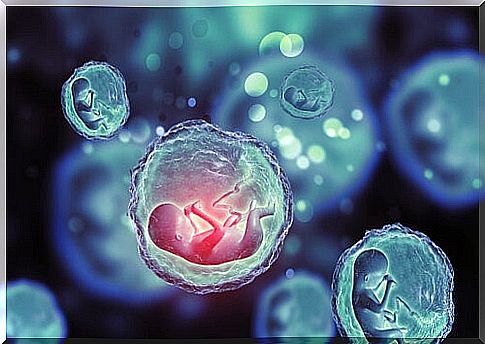
The mirror stage as the former of the self
A very important moment of the birth of our self occurs between six and eighteen months of life. At this stage, the child experiments trying to recognize himself in the mirror, he is interested in that image and it gives him a certain pleasure to play with that sensation.
The mirror is a metaphor that refers to the human being around. Being able to recognize the real body and the imaginary space is a sign of good human development, without fragmentation of the self. A father or mother who does not take care of his baby or who hurts him sustains his image, but at the same time he may be producing fragmentation, which can lead to psychotic processes.
At these ages, a baby does not cling to just anyone and when he does, he can sometimes become distressed because the image he sees does not reflect what they expect. For example, when the baby sees his mother instead of a stranger. The child does not recognize the mother at six months, but recognizes himself through her.
The birth of our cohesive self is built from a stable relationship with the objects of itself, based on the experiences of satisfaction that it has experienced at various times. In other words, the child gradually merges with the image he sees of himself (original alienation).
Individuation
The process by which a person becomes himself, in totality, is called individuation. When this process is completed, the unconscious and conscious integrate the “I” into a larger personality.
It is a process of unification, purification and discovery of one’s own being. Achievement manifests itself when archetypal images of the self appear.
The 3 functions of the self
Body and mind are united and fused and both interact and influence each other. Our “I”, that is, the body-mind union, fulfills three main functions:
- Control: the ego has a function of control and regulation of instinctual impulses. Through probing or inhibition signals, he establishes defenses against possible threatening stimuli.
- Adaptation: our self is related to external and internal reality, trying to adapt to it.
- Integration: refers to the ability of the self to integrate the different aspects of our life.
To achieve a better adaptation to reality, our ego has the ability to defend ourselves against the excessive flow of drive energy. Ultimately, the self seems autonomous, as if it were a synthesis of functions.

The autonomy of the self
Our “I” is made up of two structures. The primary ego structure is a sphere of the ego free of conflict with the “it” (seat of impulses). Later it was called “primary autonomous functions of the self” corresponding to memory, thought and language. These functions do not arise as defenses against impulses (it).
The energy drawn from the “it” (impulses) is neutralized thanks to the transformation of instinctive and aggressive libidinal energies into non-instinctive energies. Hartmann called “primary autonomy” the autonomous development of the self that does not arise from the struggle against impulses and desires.
On the other hand, the secondary ego structure or the secondary functions of the ego arise before the change of function. This change includes the passage from an ego structure in conflict against the drive, reality or morality towards a sphere without conflicts.
Along with other authors, Freud with the psychology of the id, Hartmann with the psychology of the ego, Kohut with the psychology of the self were the greatest exponents in placing the “I” at the center of the psychological universe. From the different psychoanalytic points of view, it is possible to better understand how the birth of our self occurs.
